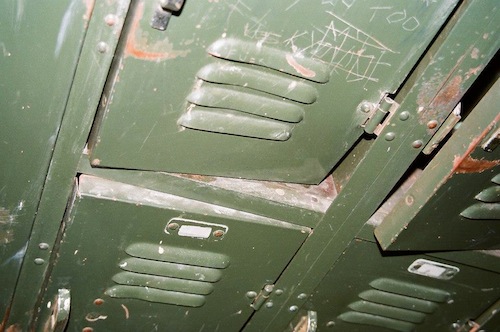The Center for Green Schools at the U.S. Green Building Council (USGBC) has released its first “State of our Schools” report, highlighting the critical need to modernize school facilities to meet current health, safety and educational standards.
The report, featuring a foreword by former President Bill Clinton, states that schools are currently facing a $271 billion deferred maintenance bill just to bring the buildings up to working order – approximately $5,450 per student.
The last comprehensive report on America’s school facilities was conducted by the Government Accountability Office (GAO) in 1995 and indicated that 15,000 U.S. schools were circulating air that at the time was deemed unfit to breathe. The USGBC report calls on the GAO to conduct an updated survey on the condition of America's schools in order to paint a more complete picture of the scale and scope of today’s needs. The USGBC report also estimates that the cost to both bring schools into good repair and address modernization needs is $542 billion over the next 10 years for Pre-K-12 school buildings.
"The places where our children learn matter. This report is a critical first step to taking action and creating healthy, sustainable school buildings," said Rick Fedrizzi, president, CEO and founding chair, USGBC. "Schools are the backbone of our communities, and it is unacceptable that we would allow any of our children to show up in classrooms that compromise their ability to learn. We must do more."
"Approximately 50 million students attend the nearly 100,000 public elementary and secondary schools in the United States. Many of these schools barely meet today's standards, yet it’s been an astonishing 18 years since the last comprehensive study on school conditions was conducted," said Rachel Gutter, director, Center for Green Schools at USGBC. "We are confident Congress will take up the charge to commission a new report on the state of educational facilities across the country. We can’t continue to ignore a problem just because we don’t understand the extent of it."
The Center for Green Schools at USGBC is urging the GAO to commission another survey on the condition of America’s schools, with support from 24 organizations, including the 21st Century School Fund, the American Federation of Teachers, the American Lung Association, the National Education Association (NEA) and the National PTA, among others.
"Our job—as educators, as parents and as elected officials—is to remove barriers so that all students can succeed," said NEA President Dennis Van Roekel. "This means investing in the right priorities. Children need and deserve safe and healthy environments so they can learn. It’s not more complicated than that.”
Key recommendations from the report include:
• Expand the Common Core of Data (a set of academic expectations collected annually by
the National Center for Education Statistics that define the knowledge and skills all
students should master by the end of each grade level) to include school level data on
building age, building size and site size.
• Improve the current fiscal reporting of school district facility maintenance and operations
data to the National Center for Education Statistics so that utility and maintenance
expenditures are collected separately.
• Improve the collection of capital outlay data from school districts to include identification
of the source of capital outlay funding and distinctions between capital outlay categories
for new construction and for existing facilities.
• Provide financial and technical assistance to states from the U.S. Department of
Education to incorporate facility data in their state longitudinal education data systems.
• Mandate a GAO facility condition survey take place every 10 years, with the next one
beginning immediately.
About the Center for Green Schools at USGBC
The Center for Green Schools at the U.S. Green Building Council is making sure every student
has the opportunity to attend a green school within this generation. From kindergarten to
college and beyond, the Center works directly with staff, teachers, faculty, students,
ambassadors, elected officials and communities to drive the transformation of all schools into
The U.S. Green Building Council (USGBC) is committed to a prosperous and sustainable future
through cost-efficient and energy-saving green buildings. USGBC works toward its mission of
market transformation through its LEED green building certification program, robust educational
offerings, a nationwide network of chapters and affiliates, the annual Greenbuild International
Conference & Expo and advocacy in support of public policy that encourages and enables
green buildings and communities. For more information, visit
usgbc.org.
















